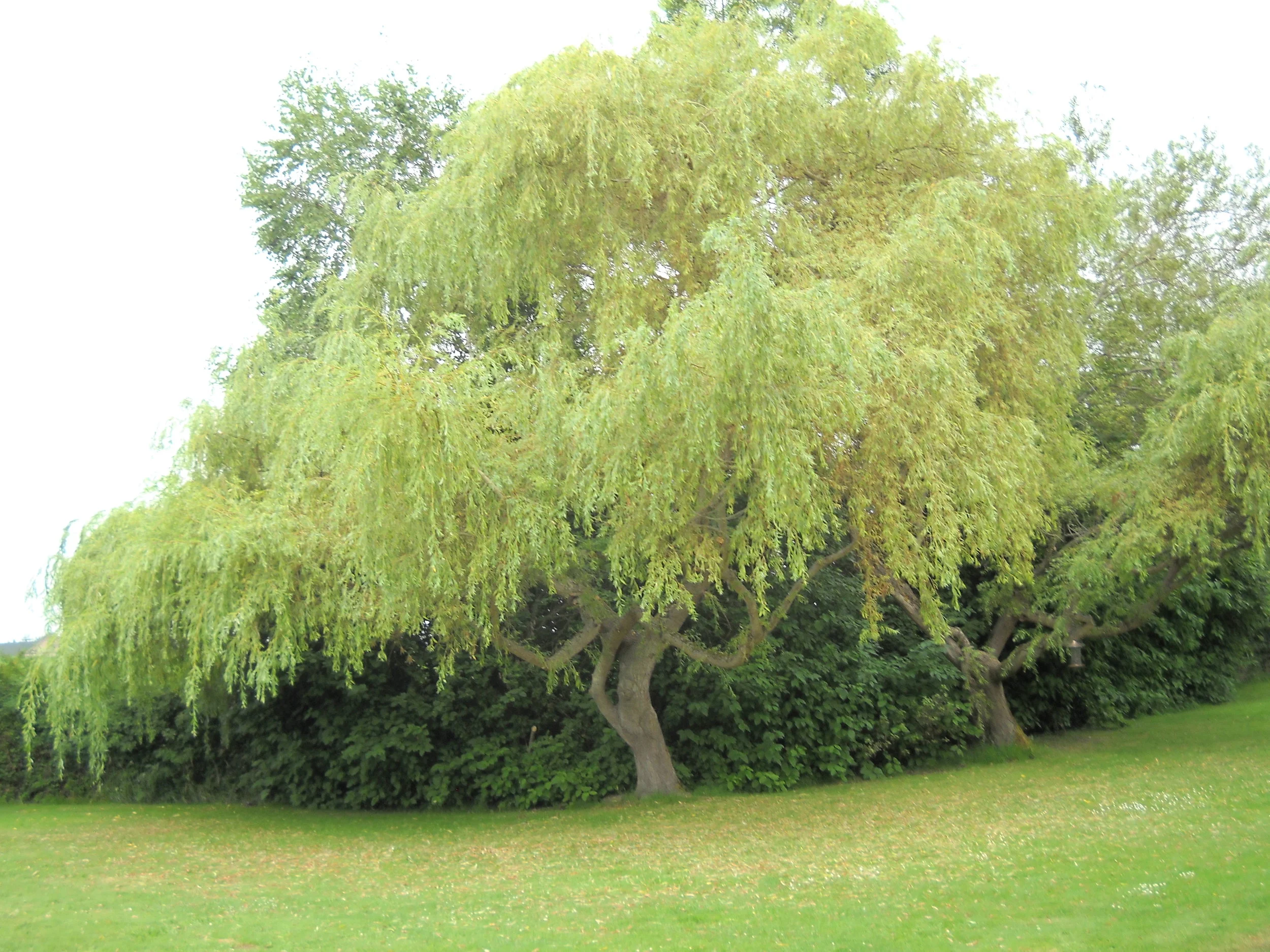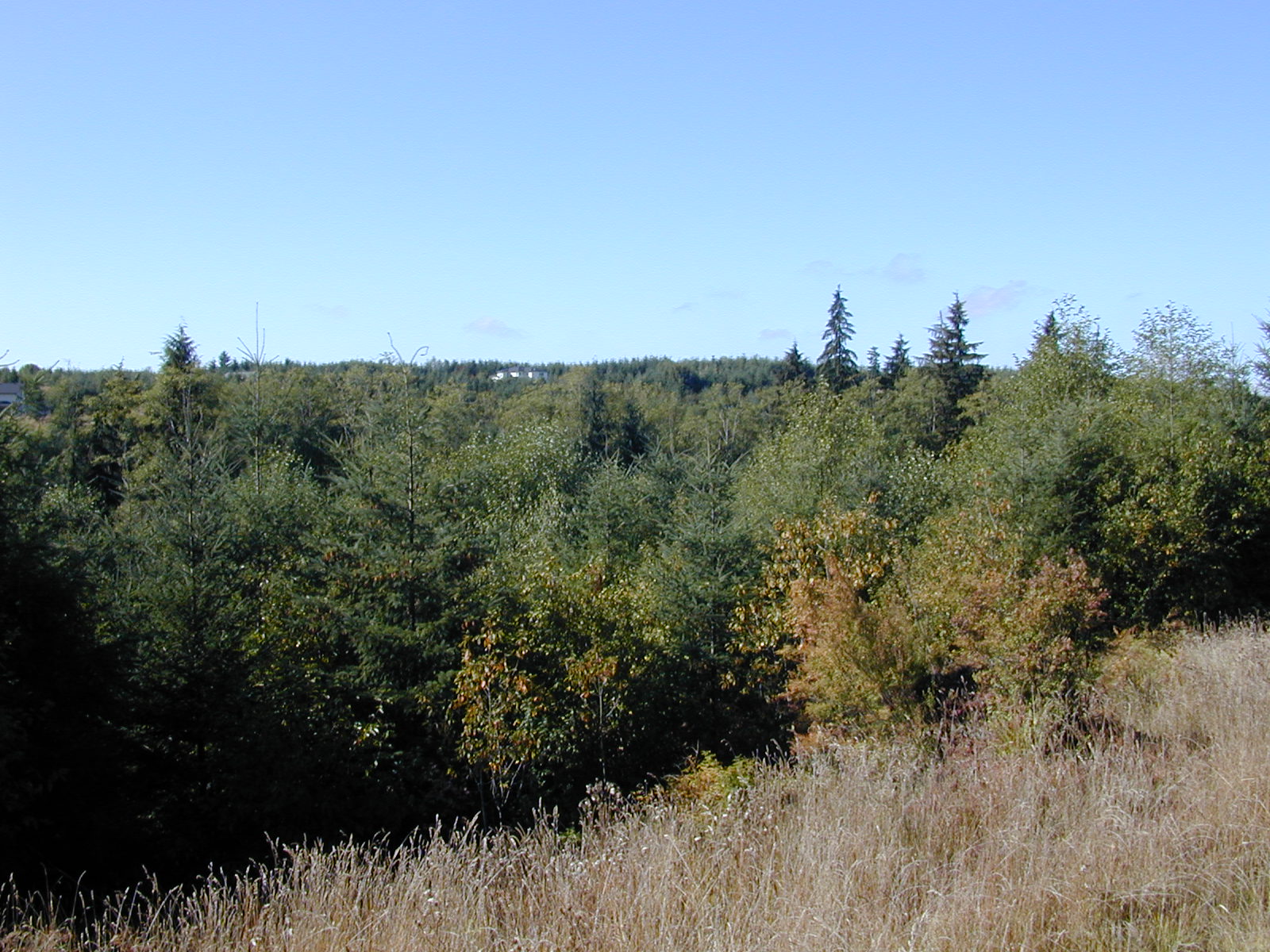How To Find Land For Development
What are the best ways to find land?
I get asked frequently: “How to do I find good land”? The obvious way is property listed on the Multiple Listing Service (MLS), but you don’t need me to go over that. Also, listed land is frequently stale and experienced developers know how to find the best development land by other means. You should too.
In this case we’ll look at how to directly identify and prospect land without the use of local MLS listings. We’ll look at two methods: Person to person first, then online resources. I’ll also list some methods that were outreach time wasters for me, although you might have a better way.
Person To Person:
Not for sale:
Sometimes the very best deals are hidden in plain sight, since they aren’t actively for sale in the first place. There was a wooded 5-acre vacant lot near my home. In wandering around one day I saw an older guy standing next to his truck on the unimproved access road leading into the lot, so I stopped and chatted him up for a while.
His mother was in her early 90’s and was thinking about selling but hadn’t because she “didn’t like dealing with real estate agents” and was in no rush anyway. The man contacted his mother and all of us met several times. Eventually a contract was signed around, but I did not close on the deal for reasons unrelated to how good it was. It was a great find, made through simple face-to-face contact!
Property next door:
I had a development project with a 160 acre farm next door. It had been historically used for pasture land and the owner lived on-site. He contacted me to request a temporary access easement through my property for a small logging operation he was permitted for.
My unimproved property had an old logging road that was way better for his logging trucks to use since he was on a 40 mph county arterial with limited site distance. I granted him a temporary easement after he indemnified me on liability. This got us talking and I wound up at his kitchen table a couple of months later working out a purchase deal on the farm.
Other developers:
I have never been chummy with my competition but we all know each other. Sometimes the competition has good land they want to sell. Maybe they are behind on other projects and see a cash shortfall down the road, or the land no longer fits their short-term forecast.
In any case, I have made contact with other developers and put together deals, as both seller and buyer. One advantage when buying from another developer is there may be prior work done on the property. Things like surveys or environmental reviews that can save me time and money.
Real estate attorneys:
This has worked for me, but only with attorneys that already know me. I think this is because lawyers, “being lawyers”, are concerned about residual liability on any referral they might give for a land development deal. If they recommend a deal to a buyer and the project eventually goes south….. well, you get the idea. The best attorney referrals tend to be the ones where they know they’ll be doing the development legal work afterward.
Door knocking:
When I find big parcels amongst much smaller ones, I find a trend. This is an owner that has held on to the property and avoided selling out before, for whatever reason. They have probably been approached by other developers and/or agents in the past so I might contact surrounding landowners to find out a little about my prospect before approaching the front door.
If I decide to knock on the door of a prospect I always step well back from the door after I ring the bell since I don’t want to be in their face when they open it. To get further, you need great communication and people skills, which is up to you. A cautionary thought: I never ignore No Trespassing signs... or the barking “guard dog”!
Snail Mail:
This old school approach has worked for me. This sample letter is one that I used for a property I was interested in for building my personal home, and by the way, it worked!
Hello Mrs ________:
We are the _____ Family and we have lived in ____ since 1993. Lately we had been considering adding on to our current home since we need a little more room, but we would like to have the privacy of acreage along with our slightly larger home and can’t do this where we are right now. Our lot is only a little over ½ acre.
We have carefully looked through the tax records in order to find the very few properties that are close-in that might work. ____ is a land developer and owns his own real estate company, working exclusively with investment properties, so he knows how to do this. Before you worry, he is not looking to subdivide your land, we are strictly looking for our personal family needs.
We would like to keep within the _____ area, if possible. We have found your property and have driven by it. It would seem to be very suitable (from what we can see from the road). Would you be interested in letting us look at it and possibly selling it to us?
We have always lived conservatively and have been able to save. We are cash buyers and can provide bank references at the appropriate time. ______ has researched property sales in the area so we are mindful about what the actual selling prices have been in the past and we are prepared to pay a fair price.
We would like to hear back from you but will not pester you. Hopefully we can talk and if so, you can contact us any way that is convenient for you. Here is our information:
Name / Address / Phone / email etc…
The same approach can be used in a snail mail campaign to multiple landowners in a certain geographical area, but to be truthful I have had fewer results this way than targeting a specific parcel/owner.
Online Prospecting:
County Assessor / Tax Collector – tax parcel maps
County websites have great real estate information and one of them is a tax parcel search. If I enter the Tax I.D. number of a parcel I can display a map of it and the surrounding parcels, shown as individual lots. It’s easy to see the development prospects since they are the larger ones amongst the ones that have been previously subdivided. If I don’t know the Tax I.D. number I can enter a street address and continue that way. Once I identify a parcel I do a drive by since the map page will tell me nothing about topographical or environmental information, but it’s a start.
Online Tax Parcel Search:
Once a parcel of interest is identified online, I can find the owner in the county public records and do a search for the recorded documents that affect the property. They can reveal a lot. I can find detailed information on the address of the owner, liens, outstanding loans, tax classification, tax assessments, deed(s) of trust, easements and recorded legal actions that have been taken. By looking at what is recorded on the property I can construct a way to approach the owner, either by letter, phone call, or face-to-face visit. It’s good to know your county website.
Google Earth
This app is limited to personal, non-commercial use and the images are copyrighted. A 3D digital map is superimposed primarily with satellite imagery that is also supplemented with aerial photography and geographic information system (GIS) data.
This is a useful app, not only for viewing a property, but also for viewing the surrounding area. Elevations are 3D or digitally enhanced 2D. This will be apparent when viewed. A nice feature in the newest version is a slider to view earlier images, so changes over time can be seen.
Digital maps in the public domain:
Landsat, United States Geological Survey (U.S.G.S) and Blue Marble are examples of map programs available in the public domain, so they are not subject to intellectual property laws like Google Earth. Give ‘em a look.
Auctions:
High risk - possible time waster - possible disaster: Auction information is typically posted online, but I don’t care for private auctions, bank auctions, or Sherriff Sales. Some guys buy and close on land this way, sometimes with good results, but the problem I see is having to make an offer based on incomplete information.
Sure, you can look at a title report, but nothing short of full due diligence on a land deal is acceptable as far as I am concerned. You don’t usually get any kind of disclosure statement about the subject property, which is a huge potential liability. The website https://www.govsales.gov is a government online resource to take a look at as an example.
Email campaigns:
Possible time waster - I have tried it as a private buyer and it has been a time waster for me. Everyone gets so much email marketing junk, but maybe you have a better way.
Wrap up:
It’s my belief that the very best land deals are usually not listed properties. They wind up being in the MLS because they are not the best. You have to be ahead of the power curve to capture the true gems and this involves good old-fashioned footwork, relationship building with owners that aren’t selling, and online ways to source prospective development land. Be creative and if you are not very familiar with your county resources you may be missing a huge opportunity. That’s where I started my prospecting efforts. Good luck!





